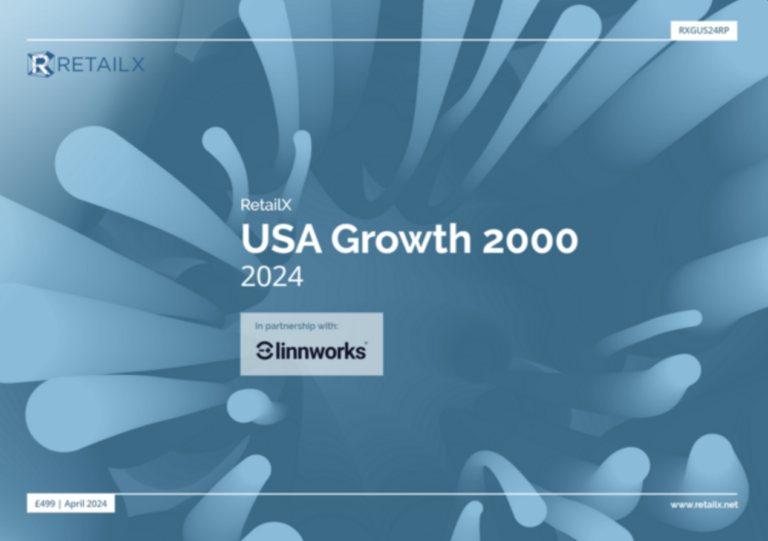Consumers these days are hybrid, shopping everything and everywhere, often combining seemingly unrelated and incompatible offerings. To some extent this Liquid Consumer has always existed, with fluid interests, habits, and shifting loyalties – more so today than ever before. There are simply a lot more stimuli to influence and sway the consumer by what might be popular or unique in the moment.
At the same time, this Liquid Consumer is spending more time in personal filter bubbles and customized environments; advertising appears mingled together with personal messages and next to holiday pictures. Marketers are thus competing for attention within an increasingly competitive field.
One solution to not getting drowned out is to increase personal relevance through diversification. We are moving towards an offering menu of brands that is reminiscent of the Chinese supermarket that stocks toothpaste in hundreds of flavors. But to some extent this is just like getting up from your seat at a football match for a better view – if everyone does the same, then no-one gains anything.
Self-reinforcing relevance and platforms
The most promising path to take is by becoming more relevant through better matchmaking between offering, presentation, and the consumer. What we see emerging here in this solution space are several data platforms that – to varying degrees – leverage self-reinforcing feedback loops and network effects.
Self-reinforcing is meant in the following sense: The better you understand the consumer, the more relevant and interesting the content advertising and offering will be that you choose, hence the more interactions you foster. And with more interactions, you are generating more data which again translates into improving your understanding. It is here that the feedback loop connects and you close in on the Liquid Consumer.
There are certain platforms like this emerging in the digital advertising sphere; some companies are massive enough in terms of consumer touchpoints to try to go it alone, while others are building specialised platforms in the niches that they are in. All the while, others are forging partnerships to pool together their touchpoints and learning efforts. “Data alliances” are in some sense a misnomer as they carry the connotation of a pooling of armies or fixed assets when it is the joined and intertwined learning circles that really count – “Data Generation Partnerships” or “Learning Pacts” would capture it better.
This is where network effects come into play: Partners collect consumer understanding and data into a common pool when using a service, thereby making the service better. Numerous initiatives and products in the market are designed to initiate such effects, mostly using barter deal structures and a few pioneering marketplace-like structures, which incentivise partners and peripheral users to participate for a promised effect of faster scaling.
Osmotic marketing for the liquid consumer
Armed with these solutions, marketers are entering the era of osmotic marketing: Capturing the Liquid Consumer by adapting their approach to the individual and their journey. The important insight here is that it is not about catching the consumer with the figurative osmotic tissue – this is about tailoring one’s offer and message to the needs and the personality of the consumer; this is about creating meaningful connections.
By addressing very specific audiences with specific messages, building on a deep understanding of the personalities of brands and consumers, we are moving into advertising that combines the rationality of technology with the emotionality of creative storytelling – the brain and the heart if you will. This will enable the matchmaking and connections that are meaningful to the consumer to be explored and therefore also meaningful to the brand.
Andreas Antrup is VP data & advertising products Zalando SE https://www.zalando.se/ and MD Zalando Media Solutions.









